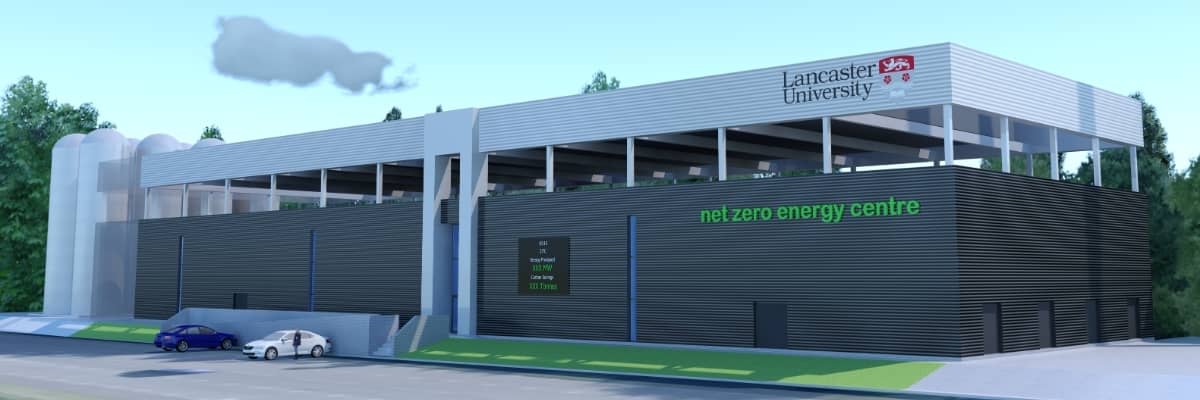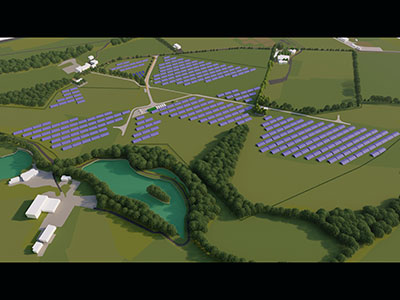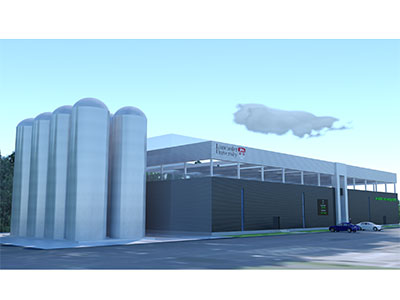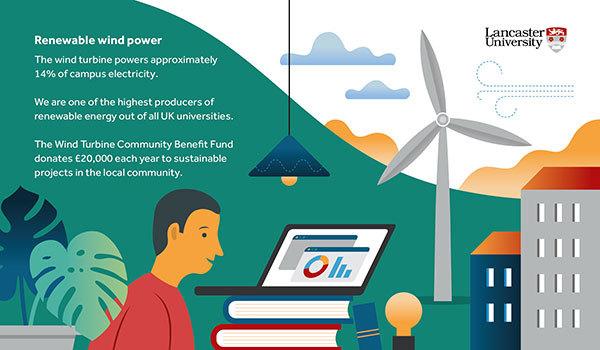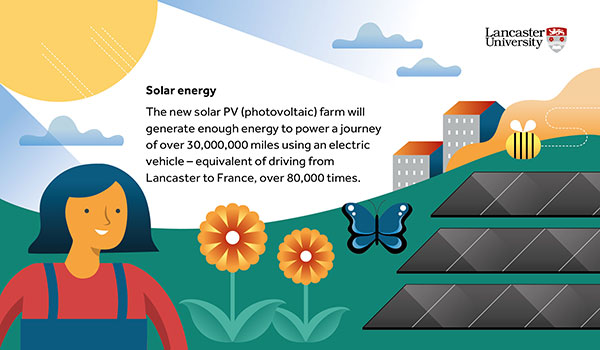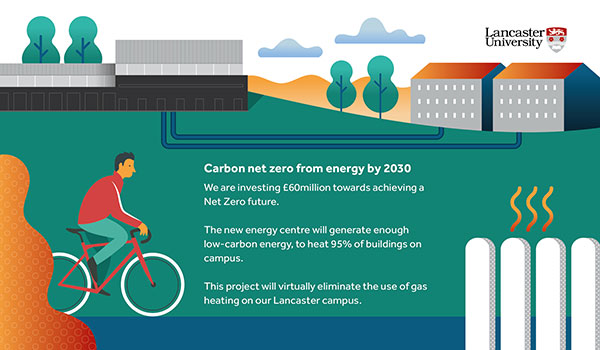The Solar Photovoltaic Farm
A new £17million ‘solar PV farm’, funded by the University, which will consist of more than 17,000 photovoltaic (PV) cell panels constructed on the University’s land to the east of the M6. The 52-acre solar farm will generate enough energy to supply the annual demand of approximately 2,800 houses each year. The project also includes a comprehensive landscaping scheme which will enhance the hedgerows and woodland in the area, protecting views for local walkers and creating an environment that will support wildlife and increase biodiversity. Construction of the solar farm will begin in early summer 2024.


